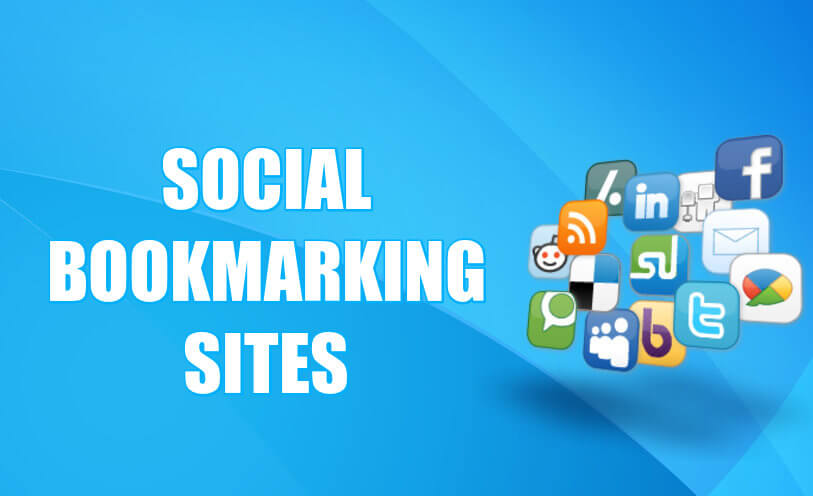Account-based marketing (ABM) is a strategy that focuses on targeting specific, high-value accounts rather than a broad group of leads. It is a modern and more targeted approach to traditional B2B marketing, which often relied on cultivating a small number of key accounts to deliver most of their business.
ABM aims to create personalised, highly-targeted campaigns that will resonate with the specific individuals within those accounts. B2B Account-Based Marketing is becoming increasingly popular among B2B marketers as it allows them to be more efficient with their resources and achieve better results.
Automation plays a significant role in account-based marketing because it enables marketers to scale their efforts and reach more accounts while also creating more personalised and targeted campaigns. Following are some key benefits of ABM automation:
- Increased Efficiency: Automating tasks such as data collection and analysis can be done quickly and accurately, saving marketers time and effort.
- Personalisation: Automation allows for more personalised and targeted campaigns, which can lead to higher conversion rates.
- Better Reporting and Analytics: Most marketing automation software includes reporting and analytics tools, which can help marketers track the success of their campaigns and make data-driven decisions.
- Alignment of Sales and Marketing: ABM automation allows for seamless alignment between sales and marketing teams, making it easier to identify and target high-value accounts.
- Improved ROI: By focusing on high-value accounts and personalising campaigns, ABM automation can improve marketers’ return on investment (ROI).
- Better Lead Scoring: Automation can help to identify and score leads based on their level of engagement with your campaigns, making it easier to prioritise and follow up with the most qualified leads.
- Better targeting: Automation allows targeting specific accounts and individuals more precisely, increasing the chances of conversions.
A variety of marketing activities can be automated in an ABM campaign. Some examples include:
- Lead generation and scoring
- Email campaigns
- Personalised website experiences
- Sales and marketing alignment
- Reporting and analytics
Automating your account-based marketing (ABM) efforts can help you to be more efficient and effective in your targeting and conversions. Here are some steps to automate your ABM:
- Identify key accounts: Use your CRM to identify the key accounts that you want to target with your ABM efforts. This will help you to create more personalised and effective campaigns.
- Use marketing automation software: Select a marketing automation software that is well-suited to your needs and goals. This will allow you to automate tasks such as lead generation, email campaigns, and website personalisation.
- Create targeted campaigns: Use your marketing automation software to create targeted campaigns that are designed to resonate with the specific individuals within your key accounts.
- Use lead scoring: Automate the process of lead scoring to identify which leads are most likely to convert. This will help you to prioritise your follow-up efforts.
- Align sales and marketing: Use your marketing automation software to align your sales and marketing efforts. This will ensure that leads are followed up with promptly and that the sales team is aware of your marketing campaigns.
- Use website personalisation: Use your marketing automation software to create personalised website experiences that are tailored to your key accounts.
- Use reporting and analytics: Monitor the performance of your campaigns and use reporting and analytics tools to make data-driven decisions. Use this data to optimise and improve your campaigns over time.
—————————————————————————————————
Also Read: What is Growth Marketing?
—————————————————————————————————
Creating a marketing automation campaign for ABM is relatively straightforward. Here are four easy steps to follow:
Step 1: Select Your Marketing Automation Software
The first step in creating an ABM marketing automation campaign is to select the appropriate software. There are a variety of options available, including Marketo, Pardot, and HubSpot. It is important to select a software that is well-suited to your specific needs and goals.
Step 2: Convert Your Visitors Into Leads
Once you have selected your software, you can begin to convert your website visitors into leads. This can be done through the use of forms and landing pages that are tailored to your specific target accounts.
Step 3: Convert Your Leads into Customers
Once you have generated leads, the next step is to convert them into customers. This can be done through the use of targeted email campaigns, personalised website experiences, and sales and marketing alignment.
Step 4: Optimise, Analyse, Perform
Finally, it is important to continually optimise and analyse your campaigns to ensure they are performing well. This can be done through the use of reporting and analytics tools that are built into most marketing automation software.
Final thoughts
In conclusion, automation is an important aspect of ABM, as it allows for more efficient use of resources and more personalised campaigns. By following the four steps outlined above, marketers can create a successful marketing automation campaign for ABM. While that’s the case, it’s crucial to collaborate with a team of marketing experts who understand the ins and outs of ABM. A leading performance marketing agency like Amura Marketing Technologies can be your greatest ally in this area.
Amura, through its 15 years of experience, an on-time delivery record, extensive market understanding, agile processes, and a team of 150+ digital experts, helps you achieve your marketing goals more efficiently. Through their targeted account-based marketing services and data-driven MarTech solutions, you can boost your ROI and earn profits like never before! Ready to experiment with your marketing approach for better results? Get in touch with Amura Marketing Technologies today!






